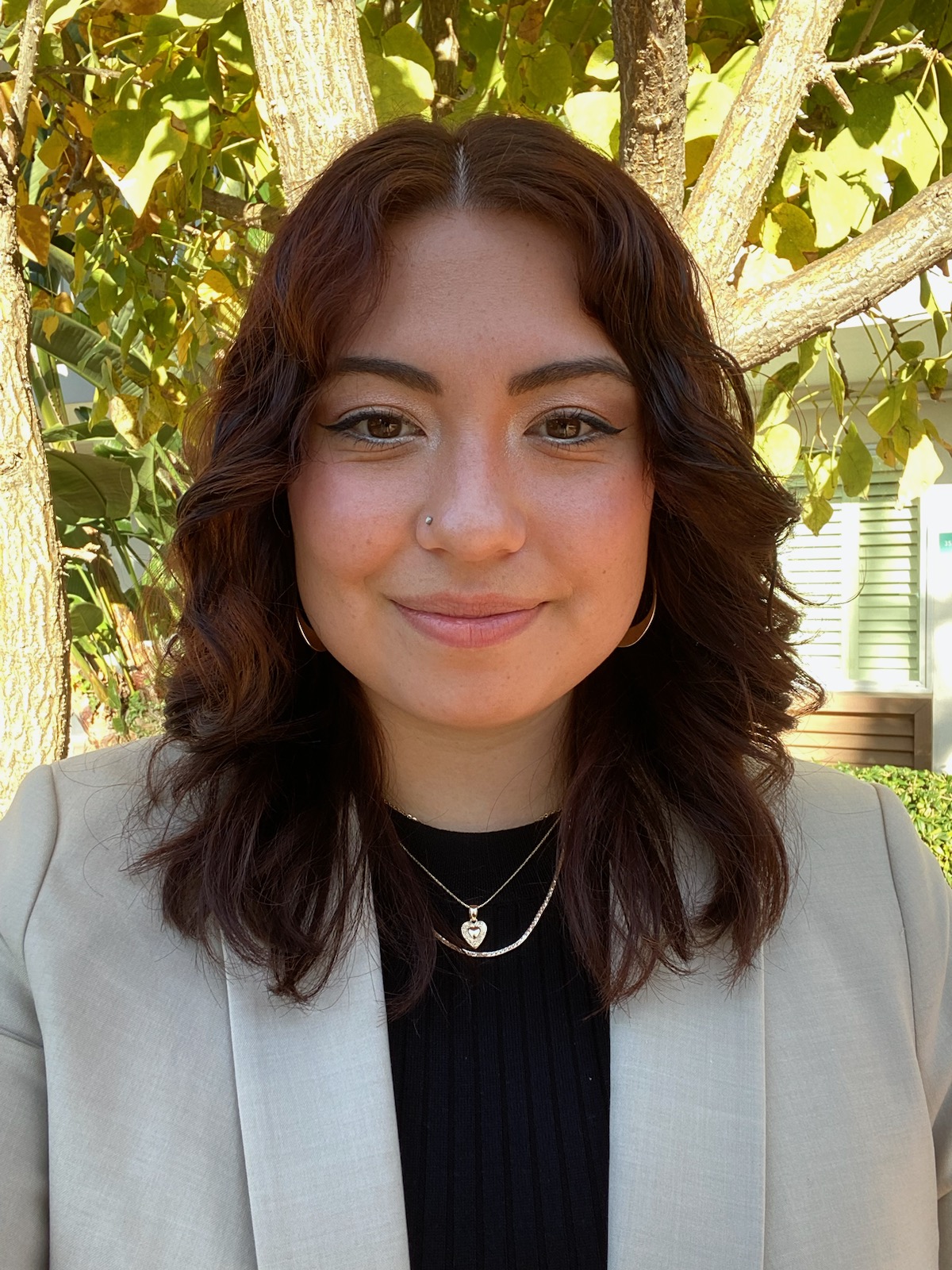Autism Spectrum and Developmental Disorders
(PS3-B42) The Impact of Dual Language Learning on the Working Memory of Neurodiverse Youth

Andrea Lopez, B.S., B.A.
Clinical Research Coordinator
Children’s National Hospital
Arlington, Virginia- AR
Allison B. Ratto, Ph.D.
Clinical Psychologist
Children's National Hospital
Rockville, Maryland
Author(s)
Co-Author(s)
Previous research in neurotypical (NT) populations, although still debated, has found some executive function (EF) advantages for bilinguals in working memory, task switching, and inhibition. The bilingual advantage has been less explored in the neurodiverse (ND) populations, such as autism and ADHD. This study aims to explore the impact of dual language learning (DLL) on the working memory of ND youth. This study uses archival data from an outpatient neuropsychology clinic of >8000 youth, with a sample of 725 participants (DLL n= 122; monolingual n=603) ages 6.0- 17.80 (M= 9.5, SD= 3.15). Participants were clinically diagnosed with autism and/or ADHD by a clinician (n= 54 autism, n= 534 ADHD, n= 137 autism and ADHD). FSIQ ranged 70 to 152 (M= 99.0, SD= 15.5). The sample is predominately cisgender males (68.2%) and ethnoracially diverse (49.3% white, 19.6% Black, 10.7% Hispanic/Latinx, 9.0% biracial or multiracial, 11.3% unknown/other). Socioeconomic status reported by the Child Opportunity Index 2.0 (COI; Acevedo-Garcia et al, 2020) was representative of the region. Participants were designated DLLs if they were exposed to a non-English language for >20% of the time. Over 20 languages were reported with the most common languages being Spanish (60.7%), Russian (5.7%), and Arabic (4.1%). Working memory was measured using parent report on the Behavior Rating Inventory of Executive Function, 2nd Edition (BRIEF-2; Gioia et al 2015) – Working Memory subscale and the Digit Span subtest and Working Memory Index of the Wechsler Intelligence Scale for Children, 5th edition (WISC-5; Wechsler, 2014). A Chi-Square Test of Independence revealed significant differences between the monolinguals and DLLs in ethno-racial identity (X2(9) = 265.925, p < .001), but not gender identity. Independent sample t-tests found group differences in COI 2.0 (t(601)= .031, p=.027, Cohen’s d= .029), with lower COI in the DLL group. There were no significant differences in age or FSIQ. Independent sample t-tests found no significant differences between the DLLs and the monolingual sample across all variables of interest including BRIEF-2 Working Memory Index (t(574)=-.868, p=.193, Cohen’s d= 9.869), WISC-5 Digit Span Scaled scores (t(439)= -.885, p=.188, Cohen’s d= 2.962), and WISC-5 Working Memory Index (t(385)= -.625, p=.266, Cohen’s d= 15.53). Initial results suggest that there is no bilingual advantage in the working memory in ND youth. This may be related to a larger trend positing publication bias favoring evidence of EF advantage for bilinguals (de Bruin et al 2015b), though a recent meta-analysis of unpublished data continued to find a robust bilingual advantage in EF (Grundy et al, 2020). Results may also be driven by diluted language exposure, as deep characterization of language ability and exposure to a second language was not undertaken. Additionally, the distinct profiles of WM and EF in autistic versus ADHD youth may have also impacted our ability to detect differences due to DLL status. As the population of youth exposed to a second language at home increases in the United States, along with the population of children with disabilities, research should continue focusing on understanding the impact of DLL on ND youth.

